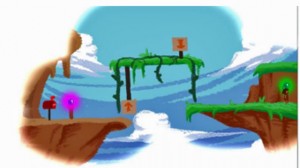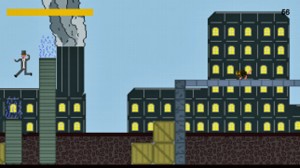
The 16 student winners of the National STEM Video Game Challenge sponsored by the Joan Ganz Cooney Center and E-Line Media reflect an increasingly diverse group, in terms of geography, race and gender, of the participants.
Of the winners this year, seven are students of color and four are girls. The Cooney Center focused on getting the word out to a more diverse group of students this year, said Michael Levine, the Center’s executive director. “We went to the kids,” Levine said. “We went to the places that teachers, library and museum educators would be populating and we introduced the challenge that way.” The aggressive outreach campaign was an attempt to draw under-represented groups like people of color and women into the science, technology, engineering and math (STEM) challenge.
“Many of the games we got this year are the very best we’ve ever seen,” Levine said. “The comments from the judges about the depth, number of levels and complexity of play were very strong.” Levine says that may be because cheap or free game-making software is more readily available to students. But it’s also due to an increasing interest by schools in game-based learning.
So what kind of games won this year?


